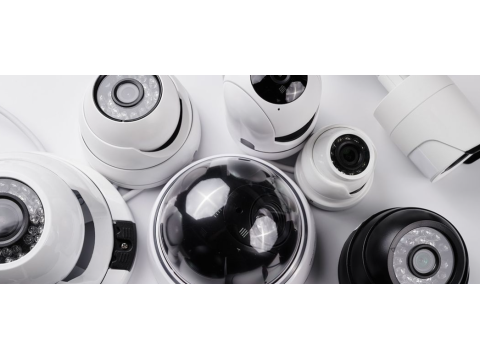A Complete Guide to Organizing Video Surveillance
Organizing a video surveillance system involves meticulous planning, careful equipment selection, and proper installation. Whether it’s for your home, office, or outdoor area, a robust system ensures safety and security.
Steps to Organizing a Surveillance System
1. Define Your Goals
Decide what you want the system to achieve:
- Object Detection: Monitoring large areas for the presence of people, vehicles, or animals.
- Identification: Capturing detailed images for recognizing individuals or reading license plates.
2. Choose the Right System
- IP Cameras: Ideal for internet connectivity and advanced analytics.
- Analog Cameras: Cost-effective and reliable for basic security needs.
3. Design the Layout
- Identify zones requiring surveillance (entry points, perimeters, sensitive areas).
- Use floor plans to decide camera placement and coverage angles.
4. Internet Connectivity
- Wired Connections: Stable and suitable for homes with existing broadband.
- Wireless Networks: Useful for remote areas like vacation homes with 3G/4G coverage.
5. Installation and Setup
- Mount cameras securely on stable surfaces.
- Connect cameras to a DVR, NVR, or computer.
- Configure software for recording, motion detection, and remote access.
Organizing Internet-Based Surveillance
For Homes and Small Businesses
- Use IP cameras with built-in Wi-Fi for minimal cabling.
- Integrate cameras with existing routers to facilitate remote monitoring.
- Choose cloud storage for secure, scalable video storage.
For Large Properties
- Utilize advanced IP systems with PoE (Power over Ethernet) for streamlined setup.
- Consider hybrid systems combining analog and IP technologies.
Essential Considerations
- Ensure high-speed internet for smooth live streaming.
- Opt for encryption-enabled devices to secure data transmission.
Why IP Surveillance Works Best for Home Use
- Scalability: Easily expand with additional cameras.
- Remote Access: Monitor your home from anywhere via smartphone or PC.
- High-Resolution Footage: Perfect for detailed video capture.
Setting Up Video Surveillance for Homes and Vacation Properties
Step 1: Define Surveillance Areas
- Cover entry points, driveways, and perimeters.
- Use wide-angle cameras for open spaces like yards.
Step 2: Select Equipment
- For Outdoor Use: Weatherproof, infrared-enabled cameras.
- For Indoor Use: Compact, low-profile cameras.
Step 3: Ensure Power Backup
Install UPS or battery systems to prevent outages from disrupting monitoring.
Step 4: Enable Remote Monitoring
- Use apps to control and view cameras.
- Choose a cloud service for easy storage access.
Final Thoughts
- Proper Planning is Key: Define your goals and choose equipment accordingly.
- IP Systems are Versatile: Perfect for internet-based monitoring and advanced features.
- DIY or Professional Help: Depending on your technical skills, either set up the system yourself or hire specialists.
Organizing a video surveillance system, whether at home, on a vacation property, or in a business, ensures a secure environment for your loved ones and assets.

